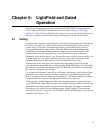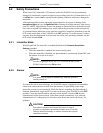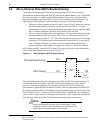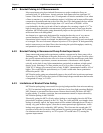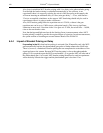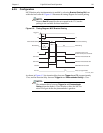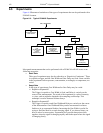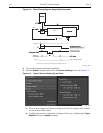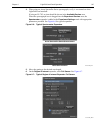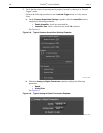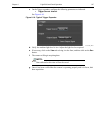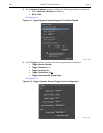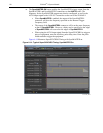
Chapter 6 LightField and Gated Operation 103
• Single Shot
A single shot experiment is one where there is only one chance to obtain the data.
Any experiment that can not be repeated more often than once a minute, such as
high power lasers and explosives, is considered a single shot. You have to catch the
trigger when it comes. Prior to the event, the sensor runs in
Clean Until Trigger
mode. This must be active otherwise dark current can accumulate on the sensor.
When the trigger arrives, the cleans stop, the intensifier gates, and the array is read
out with a minimum of dark current.
Refer to the following sections for information about conducting the indicated experiments:
• Section 6.5.1, Swept Gate Experiment [Fixed Width, Variable Delay];
• Section 6.5.2, Single Shot Experiment;
• Section 6.5.3, Swept Gate Experiment [Variable Width, Variable Delay];
• Section 6.5.4, Static Gate Experiment [Fixed Width, Fixed Delay].
6.5.1 Swept Gate Experiment [Fixed Width, Variable Delay]
This experiment is an attempt to time-resolve a Xenon light flash from a commercially
available strobe light.
6.5.1.1 Experiment Supplies the Master Clock
Since the strobe does not have a “pre-trigger” out, an electrical trigger is generated by using
a photodiode. Output from the photodiode is connected to the
Trigger In BNC on the
PI-MAX4.
Perform the following procedure to time-resolve a Xenon light flash from a commercially
available strobe light:
1. Setup all equipment as illustrated in Figure 6-4. Timing diagrams are also provided for
reference.
NOTE:
This procedure uses the experiment as the Master Clock. See
Figure 6-4 for hardware connection information.



